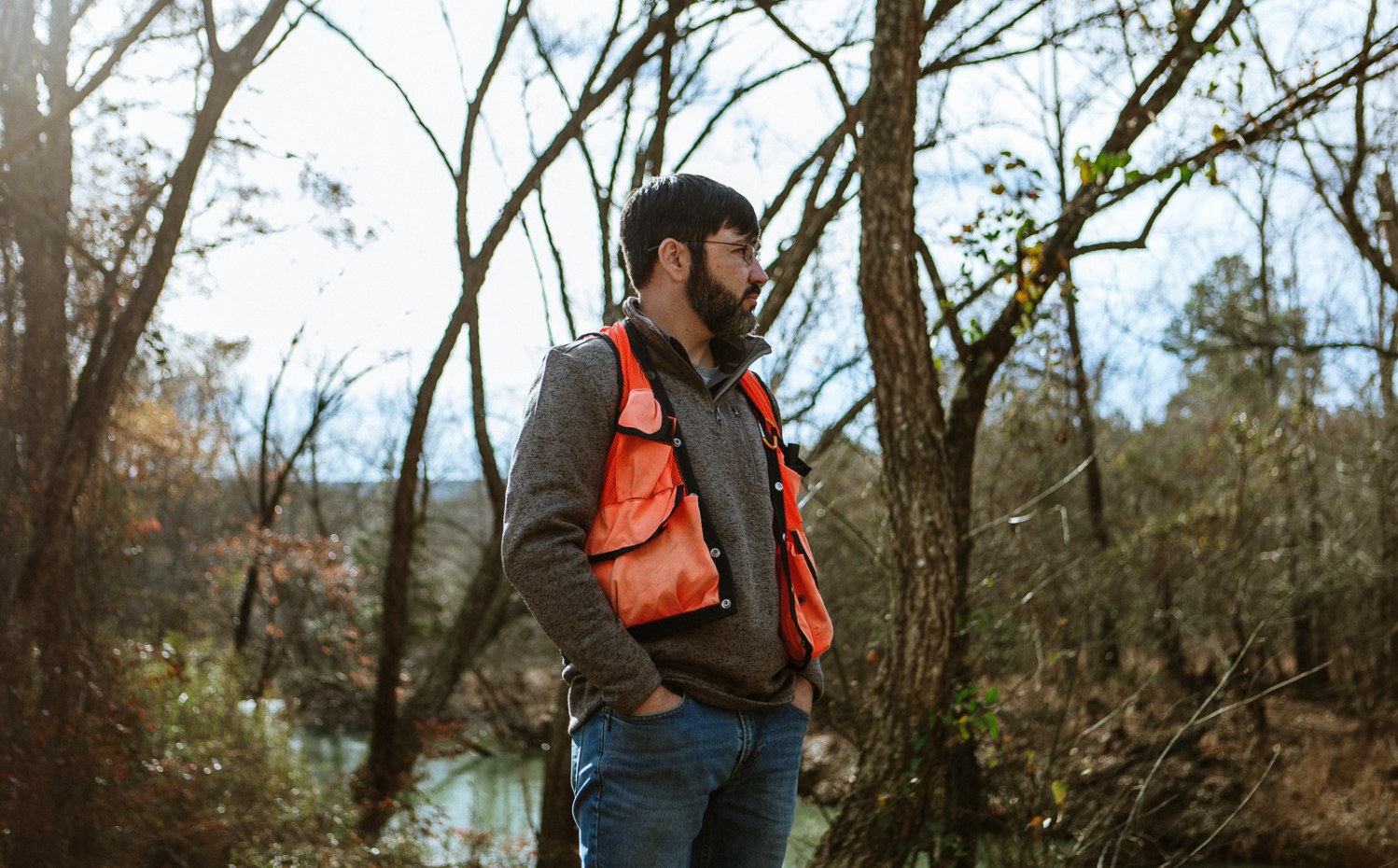Explore Green Jobs
Wildlife Biologist
Wildlife Biologists study the behaviors, populations and habitats of animals and other wildlife.
In forestry, a wildlife biologist helps monitor, protect, enhance and maintain forest wildlife and wildlife habitats through a focus on the sustainable and responsible management of working forests. Forest lands provide habitats for a wide variety of wildlife, including common species as well as threatened and endangered species. A knowledge of wildlife, science and environmental regulation are key.
This position may also be known as a Zoologist, Environmental Scientist, or Environmental Specialist.



